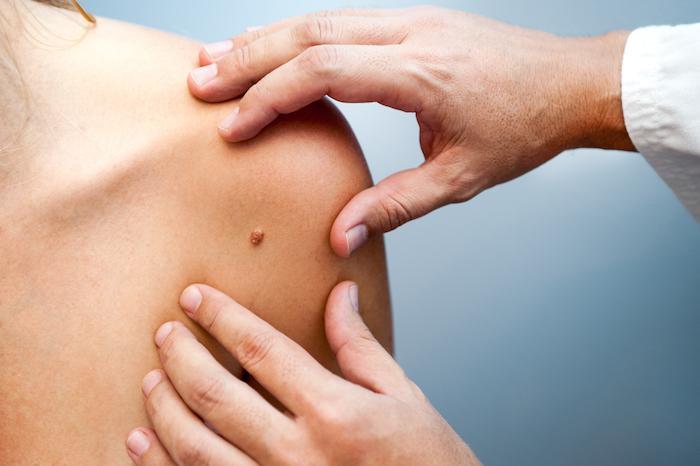
Skin Cancer Prevention: 4 Steps You Can Take, Starting Now
While skin cancer is the most common type of cancer, that doesn't mean getting it is inevitable. Read on to learn four steps to take to protect yourself and your loved ones.
Apr 8th, 2025
































































